
Freddie and I would sit for hours and just hang out, often sitting in a beach chair that I set up in my laundry room. I didn’t multitask; I just sat with Freddie.
As we’d sit together each night, Freddie offered me a visceral, embodied experience of dropping deeply into the lake of awareness that was present underneath my constantly running thoughts. Through his example, which included a kind of energetic transmission that I felt with my whole body, I was able to enter into a relaxed and open state of being where there was no me, no cat, no chair. “We” were simply a great pool of vibrant energy, deeply grounded, connected, centered, and resting. Sometimes we’d both sleep, but mostly I’d find myself in a deep place of awareness that had no edges, no boundaries. Often, insight and wisdom would bubble up, and the clutter that was ever present in my mind and life would simply fall away.
Freddie’s telepathic communication with me was clear and precise. If I popped up into thinking, worry, spinning, or obsessive thoughts, he’d wake up, look at me with intense clarity through his torn and scratched eyes, and send me the clear message: “You’ve left. Come back.” And with that guidance, I could. He’d put his head back down and close his eyes, and I’d drop back into presence and awareness. Through his example, I learned that rather than trying to control or remove my frenetic thoughts, I could simply allow them to exist on the surface and drop “beneath” them into an ocean of awareness that was Freddie’s natural state.
I discovered that the essence of this quiet, open, deep space of pure presence that I shared with Freddie was love. It was not the confusing, complicated human version of what we often know as “love,” but a pure, deep, connected flow of energy, devotion, and presence that I could feel with every cell of my body.
With Freddie’s body in my lap, and our shared experience of deep presence and connection, I discovered that love and awareness were not separate things. I was love, he was love, we were love, love was. We floated together in a lake of love. Everything was love—just love.
I didn’t realize at the time that this was what people called “meditation.” I was simply spending time with my cat, my beloved friend, and sharing an experience that helped me to relate to my life and the world in a different way than I’d known. It was years later, when I learned meditation practices from human teachers, that I realized what Freddie had taught me.
Freddie became my wise, loving lap-cat guru, but he always hissed at me. It became our little inside joke. He would hiss at me, and I would hiss back at him, in my best imitation of semi-feral street cat. I would laugh, and he would look satisfied and amused.
Eventually Freddie’s FIV brought his body down, and he died in the year of my fortieth birthday. My heart cracked wide open—and as I grieved the loss of his physical presence in my life, I knew that our relationship was alive and would continue in a new form. I continued to feel the essence of his spirit surrounding me, and I knew that he was not gone but had shifted into a different state of being.
Two years after his passing, Freddie came to me in a vision on New Year’s Day. He communicated to me, “It’s time. This is the year you step onto your path and begin your training as an animal communicator.” I listened to him. I listened to Freddie because I trusted him more than I had trusted anyone in my life. He knew. He knew everything. I began a period of several years of training and apprenticeship, with Freddie’s wisdom, guidance, and clarity supporting me each step of the way.
My life changed profoundly and dramatically from that time on, leading me in directions I never could have imagined. I left my job teaching music, began my journey as a professional animal communicator, and now have a life I could never have imagined all those years ago, teaching an international community of students and professionals a curriculum that has its roots in the teachings I received from Freddie.
I now perceive Freddie as a spirit guide, an energy that is much bigger and vaster than could have been contained in his small cat form. I remain in communication and connection with him daily, and he continues to teach me and guide me. He continually reminds me of the true nature of reality, the web of connection that I perceived in my childhood—the fundamental, universal, creative fire of love. Usually his guidance is gentle, clear, and loving, but when necessary, I hear his unmistakable, kick-in-the-pants hiss.
This is an excerpt from a story written by Nancy Windheart and featured in The Karma of Cats: Spiritual Wisdom from Our Feline Friends, a compilation of original stories by Kelly McGonigal, Alice Walker, Andrew Harvey, and many more!
 Nancy Windheart is an internationally respected animal communicator and interspecies communication teacher. Her work has been featured in television, radio, magazine, and online media, and she has written for many digital and print publications. Nancy’s life’s work is to develop deep harmony and understanding between species and on our planet through interspecies communion, connection, and communication, and to facilitate physical, mental, emotional, and spiritual healing and growth for beings of all species through her services, classes, training programs, and retreats. She lives in Santa Fe, New Mexico, with her animal family of dogs, cats, and chickens. To learn more, visit nancywindheart.com.
Nancy Windheart is an internationally respected animal communicator and interspecies communication teacher. Her work has been featured in television, radio, magazine, and online media, and she has written for many digital and print publications. Nancy’s life’s work is to develop deep harmony and understanding between species and on our planet through interspecies communion, connection, and communication, and to facilitate physical, mental, emotional, and spiritual healing and growth for beings of all species through her services, classes, training programs, and retreats. She lives in Santa Fe, New Mexico, with her animal family of dogs, cats, and chickens. To learn more, visit nancywindheart.com.
Read The Karma of Cats today!


 Sarah Chauncey has written and edited for nearly every medium over the past three decades, from print to television to digital. Her writing has been featured on EckhartTolle.com and Modern Loss, as well as in Lion’s Roar and Canadian Living. She lives on Vancouver Island in British Columbia, where she divides her time between writing, editing nonfiction, and walking in nature. Learn more at morethantuna.com and sarahchauncey.com.
Sarah Chauncey has written and edited for nearly every medium over the past three decades, from print to television to digital. Her writing has been featured on EckhartTolle.com and Modern Loss, as well as in Lion’s Roar and Canadian Living. She lives on Vancouver Island in British Columbia, where she divides her time between writing, editing nonfiction, and walking in nature. Learn more at morethantuna.com and sarahchauncey.com.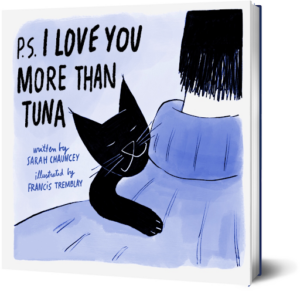



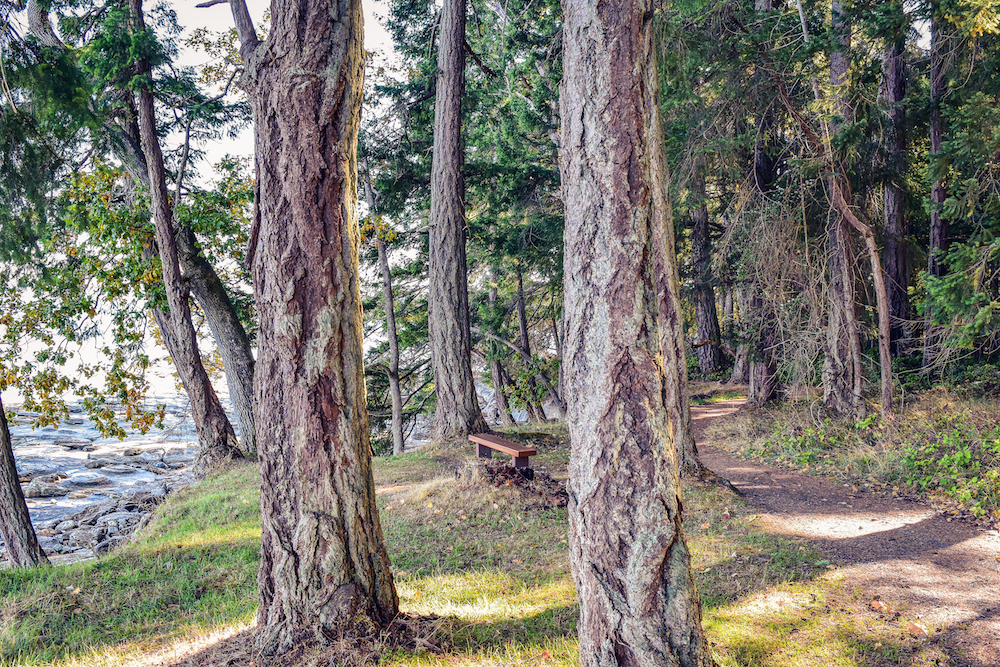
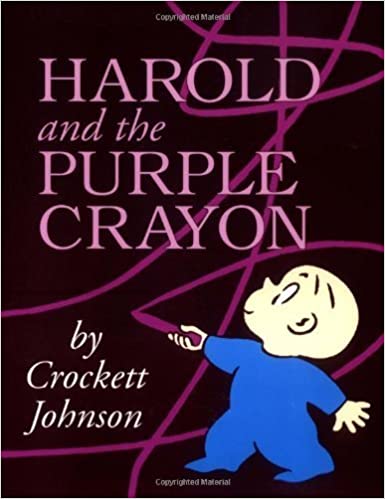
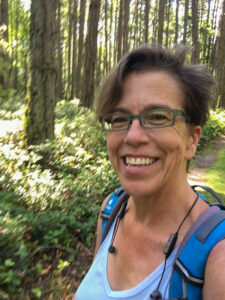
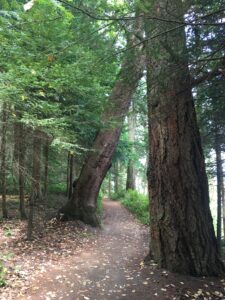

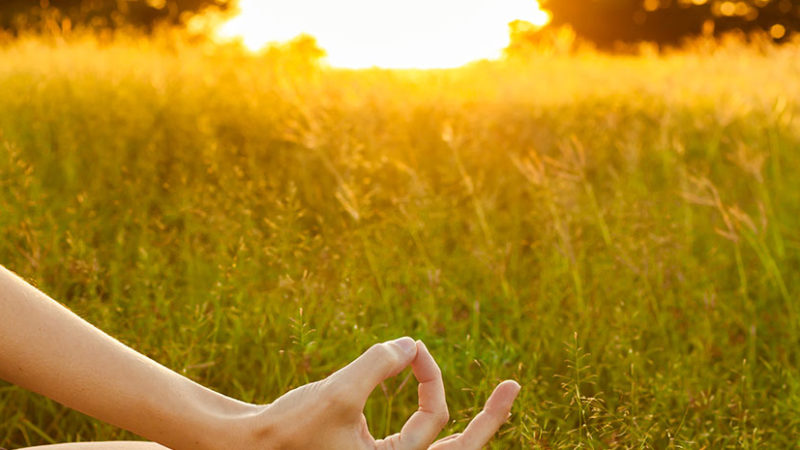

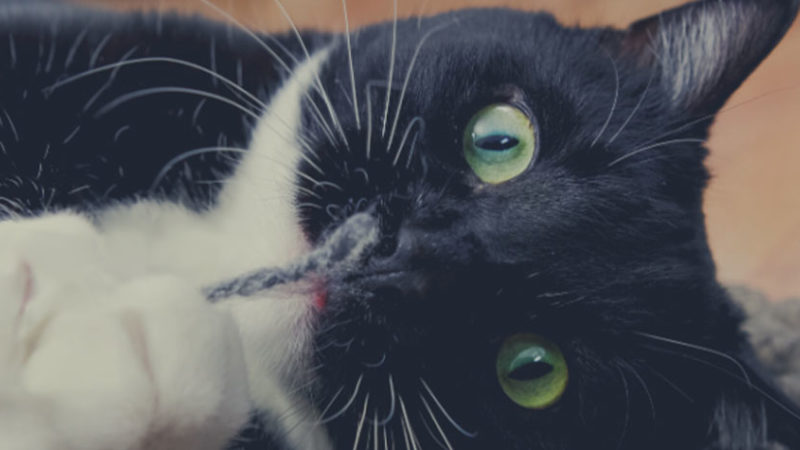





 Nancy Windheart
Nancy Windheart 
